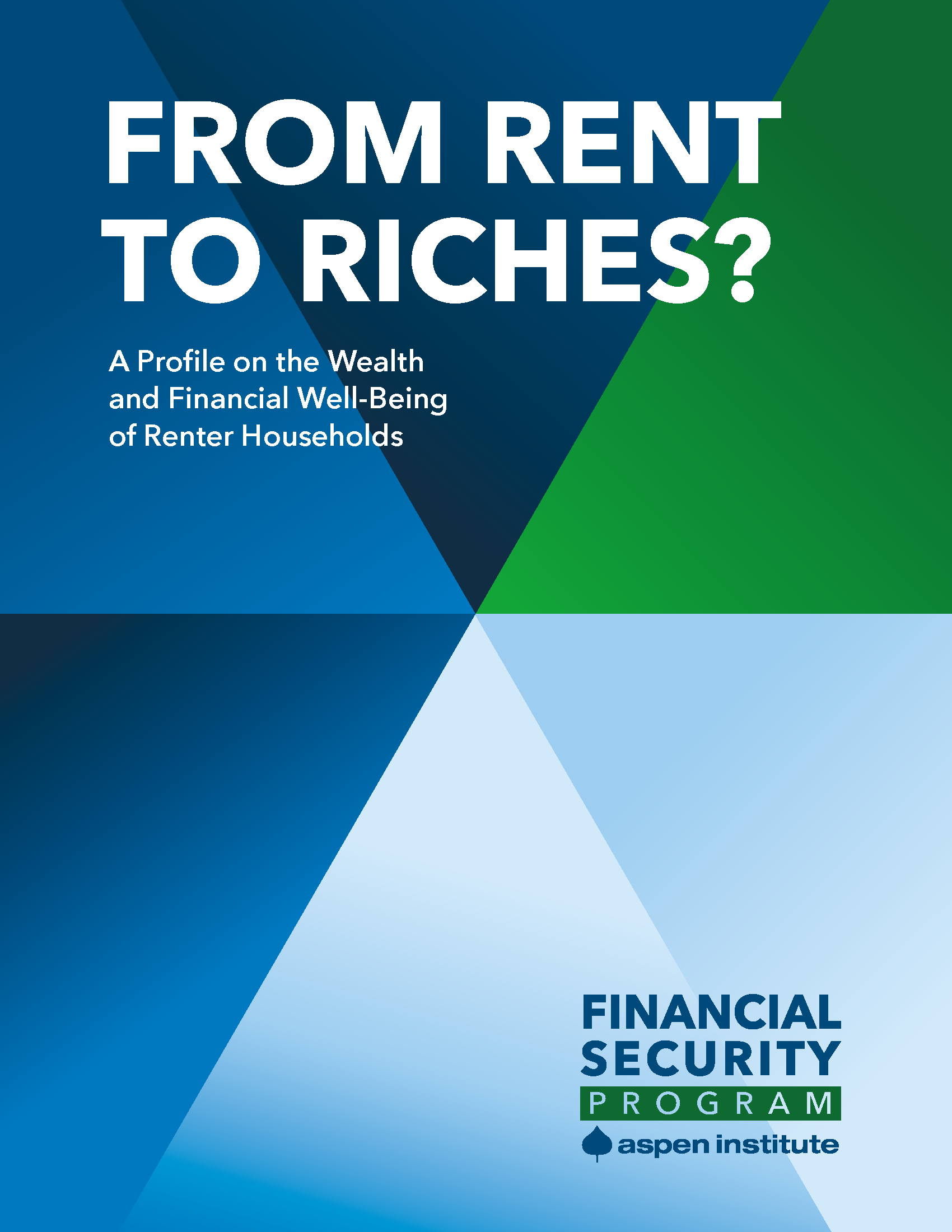
(Photo Credit: istockphoto)
Former U.S. Department of Health and Human Services deputy assistant secretary for Early Childhood Development, Joan Lombardi, coauthored a report from Ascend at the Aspen Institute on early childhood programs. The report explores how thinking holistically about families in these programs can help break the cycle of poverty in the US.
Below, Lombardi explains why affordable child care is essential for low- and moderate-income families.
I remember a drawing that someone gave me 20 years ago during the welfare reform debate. It was an illustration of links in a chain—and child care was the link holding together welfare reform and work. It was obvious to many at the time that it is tough to find and keep a job without quality affordable child care for your children.
Let’s think back to where we were in the summer of 1996. While much has been written about the loss of income support as a result of welfare reform, very little has been written about the loss of guaranteed child care support. Prior to the passage of the Personal Responsibility and Work Opportunity Reconciliation Act of 1996, families could receive child care assistance while on welfare and for up to one year after leaving it. Both of these important guarantees, however, have now been lost.
While additional funds were secured for child care assistance as part of welfare reform, the levels were not enough to keep up with demand. In addition, states were allowed to transfer up to 30 percent of funds from Temporary Assistance for Needy Families (TANF) to child care. However, child care assistance competed with other family assistance needs, particularly during hard economic times. The vast majority of low-income working families eligible for federal child care assistance could not be served, and quality suffered due to low reimbursement rates for providers.
More recently, as part of the American Recovery and Investment Act, $2 billion was added to child care to support increasing demand. Unfortunately, it fell far short of what was needed to make up for years of tight funding and was not sustained in the budget after the initial investment.
Despite the bipartisan reauthorization of the Child Care and Development Block Grant in 2014, overall federal and state spending for child care assistance remain low, with the number of children served steadily declining.
This is the wrong direction for both families and children. In the past 20 years, wages have remained stagnant while child care costs have increased. As a result, quality affordable child care is out of reach for even more families, and federal assistance reaches fewer families who qualify for it.
It is time to make child care the national priority it should have been decades ago. We need a publicly supported child care payment system that provides child care support to low- and moderate-income families upfront at a rate that assures quality options and better salaries for those who care for children.
You should not have to go on welfare to access child care, and you should not have to spend years waiting in line for support when your children need care next week. Today more than ever, we know that affordable quality child care can help families keep more of their hard earned money rather than driving them back to poverty as child care costs takes an increasing bite out of their budgets. At the same time, we know that good care can provide the early learning experiences so important to help get children off to a good start.
Twenty years after welfare reform, many working families are still missing access to the core support that can “make work pay” and “help children learn.” Let’s not give up on them. Let’s try again.

